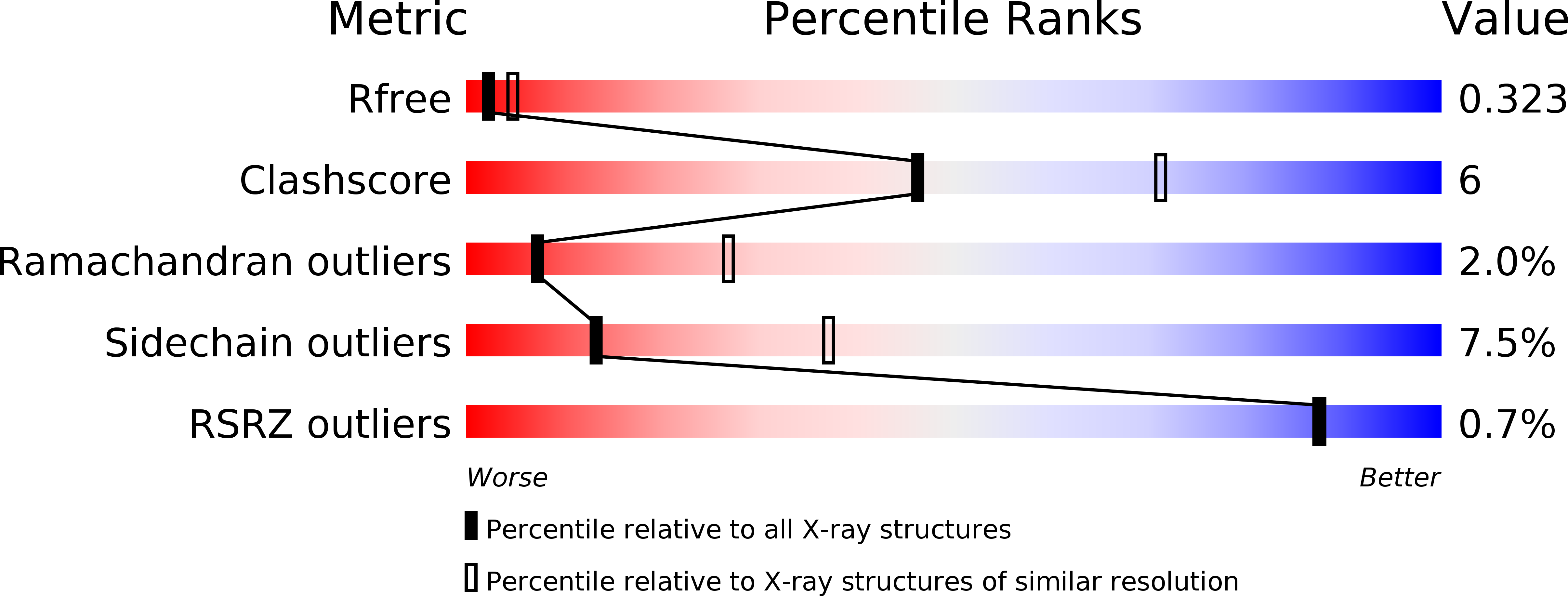
Deposition Date
2012-06-19
Release Date
2012-09-26
Last Version Date
2024-07-10
Entry Detail
PDB ID:
4FN5
Keywords:
Title:
ELONGATION FACTOR G 1 (PSEUDOMONAS AERUGINOSA) IN COMPLEX WITH Argyrin B
Biological Source:
Source Organism:
Pseudomonas aeruginosa (Taxon ID: 208964)
Actinoplanes sp. (Taxon ID: 1871)
Actinoplanes sp. (Taxon ID: 1871)
Host Organism:
Method Details:
Experimental Method:
Resolution:
2.90 Å
R-Value Free:
0.30
R-Value Work:
0.20
R-Value Observed:
0.20
Space Group:
C 1 2 1


